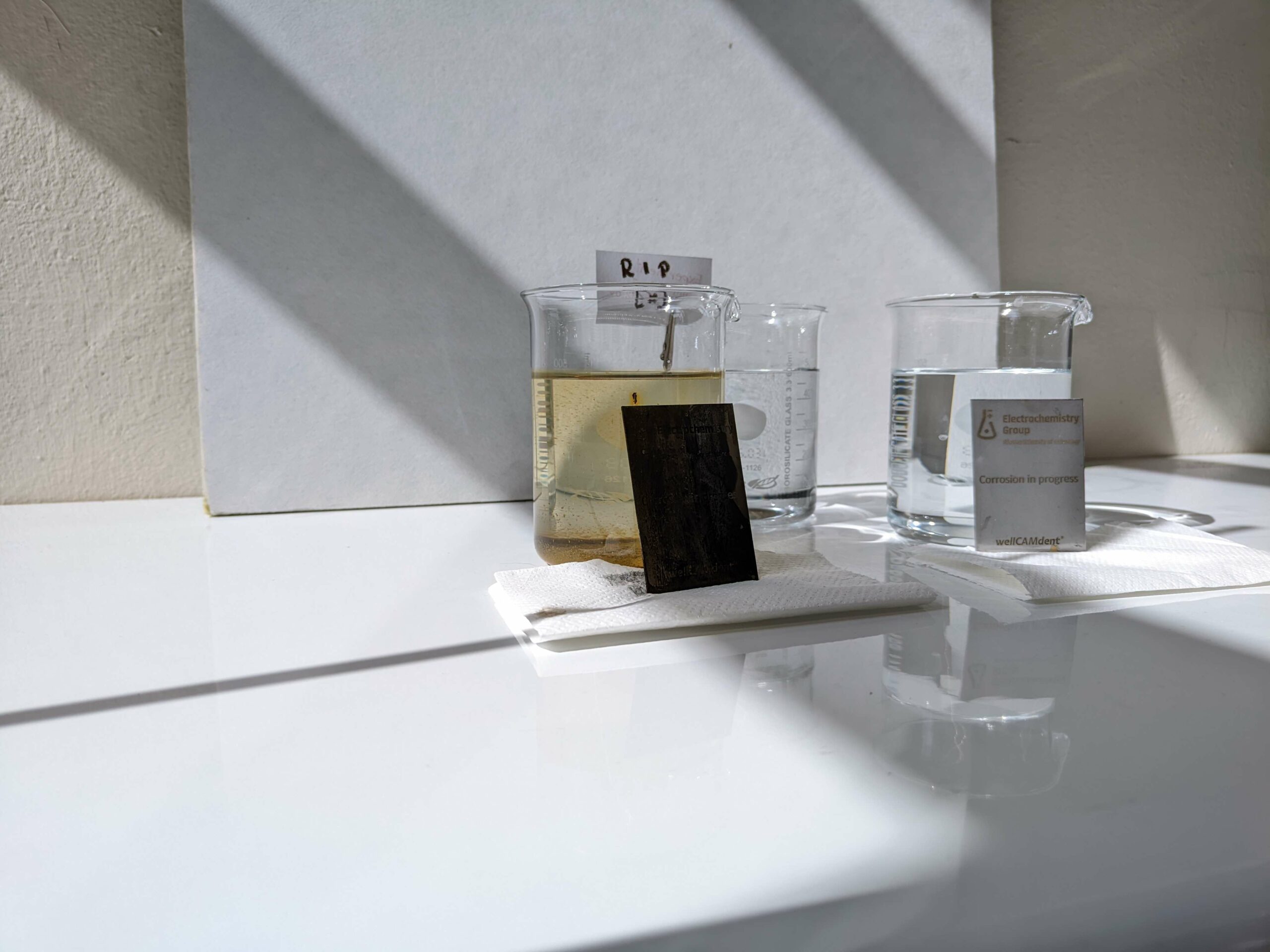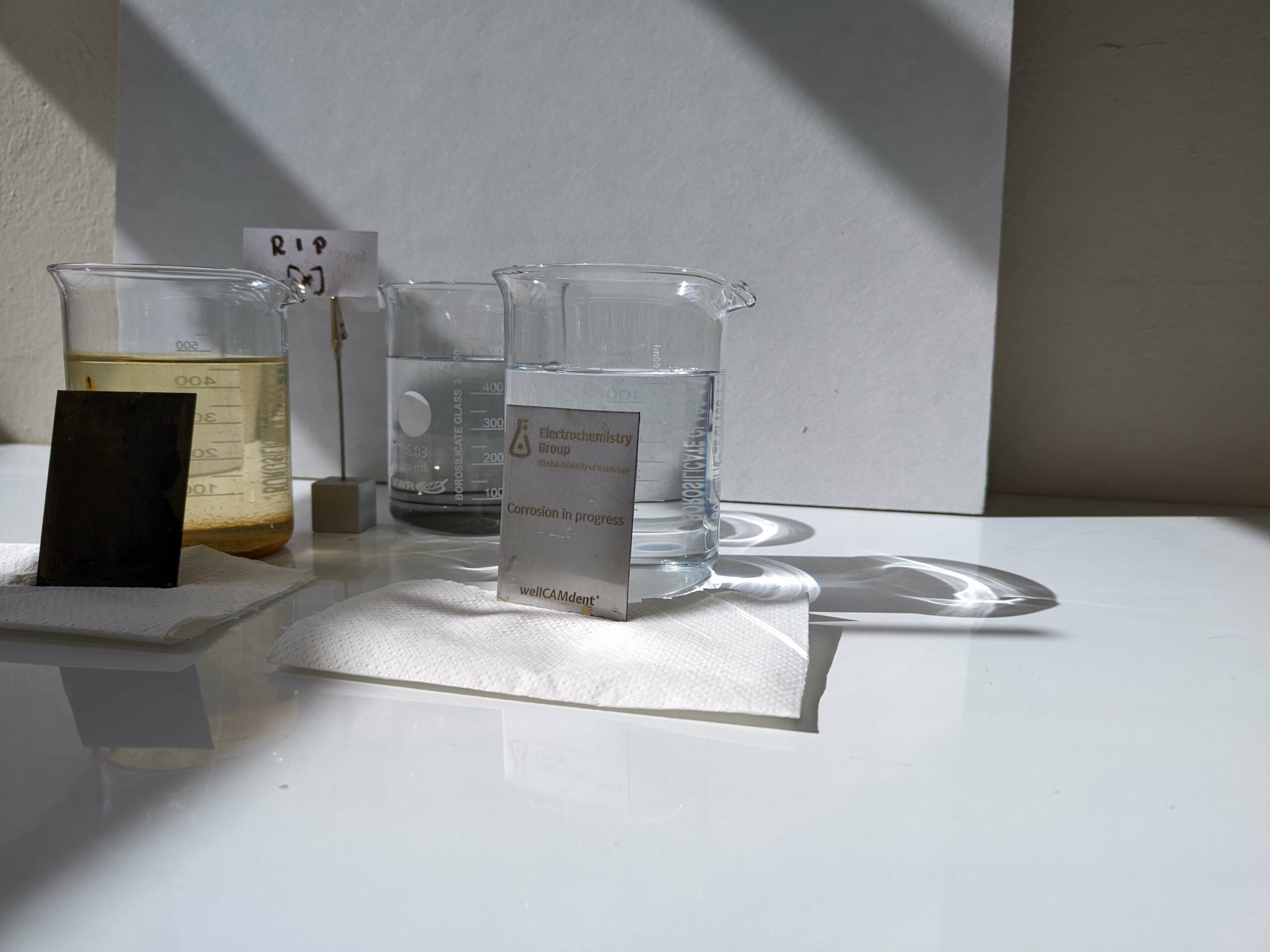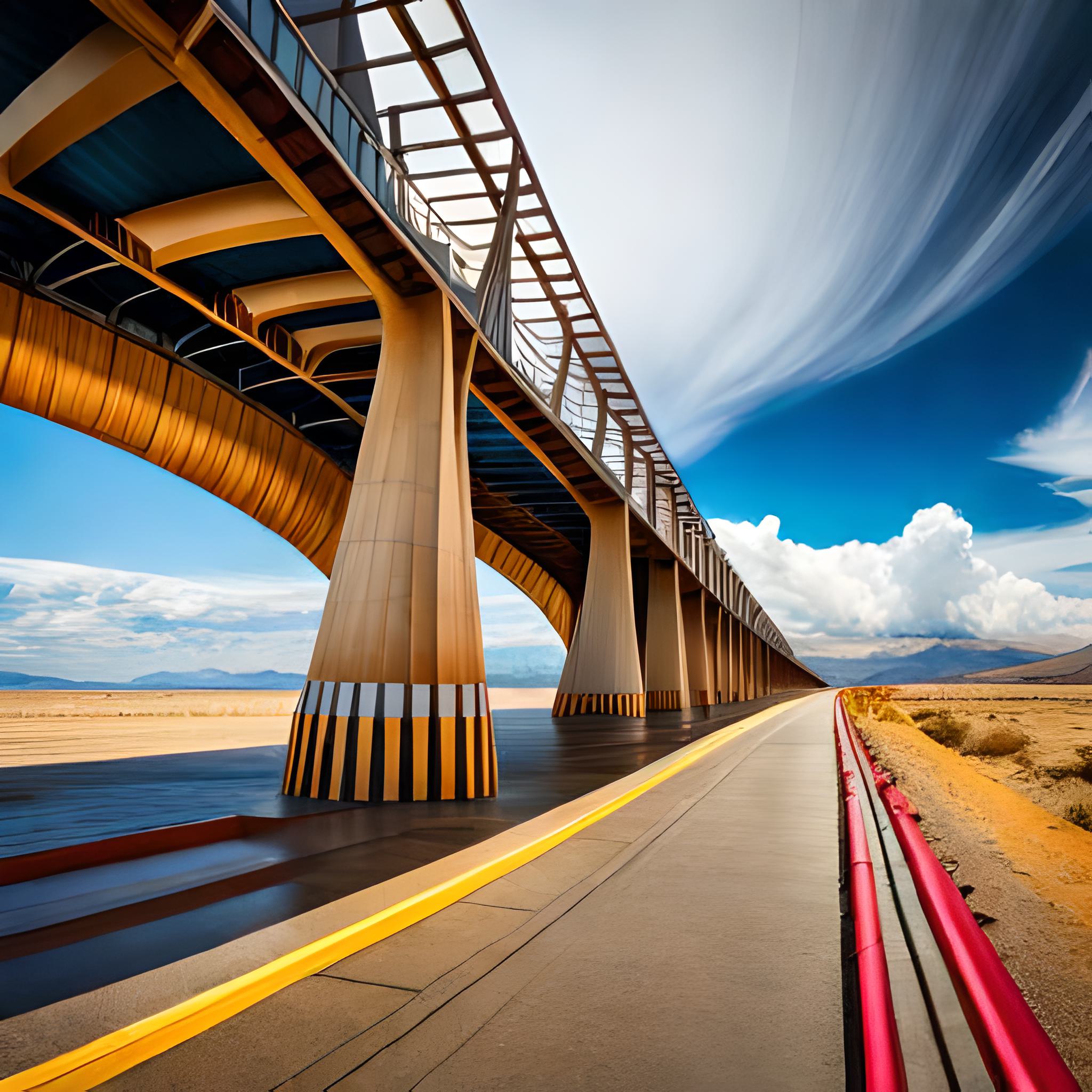What is rust?
It is a heterogeneous layer of oxidation products of iron and its alloys, such as steel, in water, humid atmosphere or soil, containing mainly iron oxides and hydroxides. Commonly, the term "rust" also refers to layers of oxidation products of other metals, including the oxidation of iron in dry gases or the oxidation of non-ferrous metal alloys (e. g. scale, deposits, passive layers). With enough time, oxygen and water, the whole mass of iron will eventually completely rust and disintegrate. A popular method of preventing corrosion (rusting) is cathodic protection. It involves connecting the outer anode to the protected structure in the form of metal, which has a standard potential lower than the material of the protected structure.













